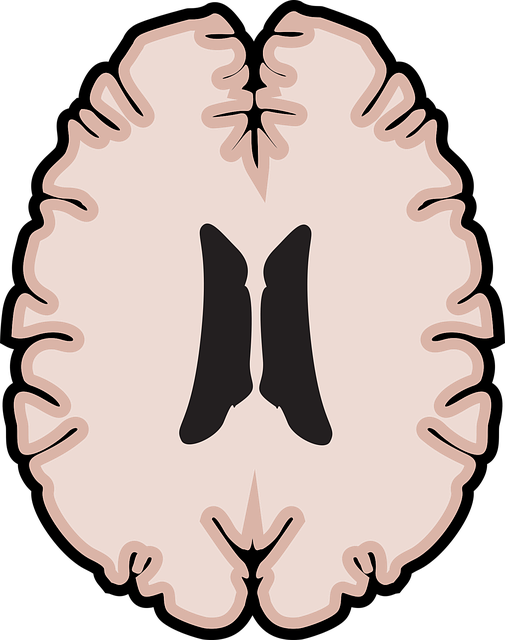Arvada Adolescent and Teen Therapy emphasizes understanding the unique emotional landscape of local youth through community engagement with schools, centers, and leaders. By identifying pressing issues like peer pressure and academic stress, therapists tailor initiatives focusing on emotional intelligence development. The goal is to create a supportive environment where adolescents feel empowered. Effective outreach strategies involve age-appropriate communication, leveraging social media, and interactive workshops. Measuring success through pre/post assessments and feedback ensures programs drive positive change in mental health, well-being, and crisis intervention.
Arvada Adolescent and Teen Therapy programs can significantly impact young lives by fostering healthy development and addressing community needs. This article explores strategies for implementing effective outreach initiatives, focusing on understanding specific adolescent and teen demographics in Arvada. By identifying goals and employing tailored engagement tactics, these programs can reach at-risk youth and offer much-needed support. We’ll delve into measuring success and ensuring long-term positive outcomes for sustainable community growth.
- Understanding Community Needs and Identifying Goals for Arvada Adolescent and Teen Therapy Programs
- Strategies for Effective Outreach and Engagement of Target Demographics
- Measuring Success and Ensuring Long-Term Impact of Community Outreach Initiatives
Understanding Community Needs and Identifying Goals for Arvada Adolescent and Teen Therapy Programs

Understanding the unique needs of Arvada’s adolescent and teen population is a pivotal step in designing effective therapy programs. This involves a comprehensive assessment of the community’s emotional and psychological landscape. By engaging with local schools, youth centers, and community leaders, therapists can gain insights into prevalent issues such as peer pressure, academic stress, or mental health concerns. These conversations help identify pressing goals for therapy initiatives, ensuring they are relevant and tailored to address the most urgent needs.
One key goal could be fostering emotional intelligence among adolescents, equipping them with tools to navigate their emotions and build healthy relationships. Incorporating practices like self-awareness exercises and mind over matter principles can empower teens to manage stress and anxiety effectively. Such programs aim to create a supportive environment where young individuals feel heard, understood, and capable of overcoming challenges.
Strategies for Effective Outreach and Engagement of Target Demographics

To effectively reach and engage target demographics with community outreach programs, such as those offered by Arvada Adolescent and Teen Therapy, it’s essential to adopt tailored strategies that resonate with specific groups. Understanding cultural nuances, age-appropriate communication, and leveraging accessible platforms are key. For instance, engaging teens might involve hosting interactive workshops in schools or online spaces they frequent, incorporating trends they’re interested in while subtly introducing concepts like mindfulness meditation. This could include social media challenges centered around mental health awareness or peer-led support groups that foster a sense of community.
Additionally, addressing the Mental Illness Stigma Reduction Efforts through compelling storytelling and personal narratives can be powerful tools. Encouraging open dialogues and sharing success stories from within the community can help break down barriers. Compassion Cultivation Practices, like gratitude exercises or kindness campaigns, can also foster connections and create an environment where individuals feel seen and heard. By incorporating these strategies, outreach programs become more inclusive and effective in engaging the target demographics they aim to serve.
Measuring Success and Ensuring Long-Term Impact of Community Outreach Initiatives

Measuring the success of community outreach initiatives is vital to understanding their long-term impact and ensuring they resonate with the target audience. Organizations like Arvada Adolescent and Teen Therapy employ various strategies to evaluate the effectiveness of their programs, such as conducting pre and post-assessments to gauge changes in participants’ mental health, social skills, and overall well-being. These assessments help track progress and identify areas that require further attention or refinement.
Additionally, gathering feedback from participants, caregivers, and community leaders is instrumental in gauging the program’s success. Feedback provides insights into the perceived benefits of the initiative, its accessibility, and potential gaps in services offered. By combining quantitative data with qualitative input, organizations like Arvada Adolescent and Teen Therapy can ensure their outreach efforts not only address immediate needs but also foster lasting positive changes, including improved crisis intervention guidance, enhanced social skills training, and accelerated emotional healing processes within the community.
Implementing community outreach programs for Arvada Adolescent and Teen Therapy requires a strategic approach that aligns with understanding local needs and setting clear goals. By employing effective engagement strategies, we can ensure these programs reach the intended demographics. Measuring success and evaluating long-term impact are crucial steps to determine the overall effectiveness of these initiatives, allowing us to continuously improve and better serve our community.












